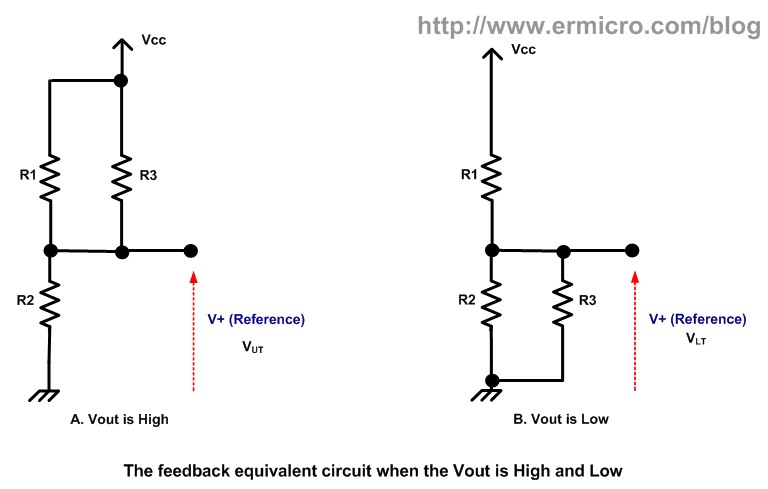Originally posted by BroMikey
In my circuit, you adjust the lower trip point by changing the value of the resistors. That will start/stop the dump at whatever voltage you want it too, so it will take some experimenting on your part. I tweaked my circuit again to get very close to accurate values using this calculator - http://www.random-science-tools.com/...calculator.htm. Give it a try and let me know what you think.
Dean



 Great going men onward.
Great going men onward.
Comment